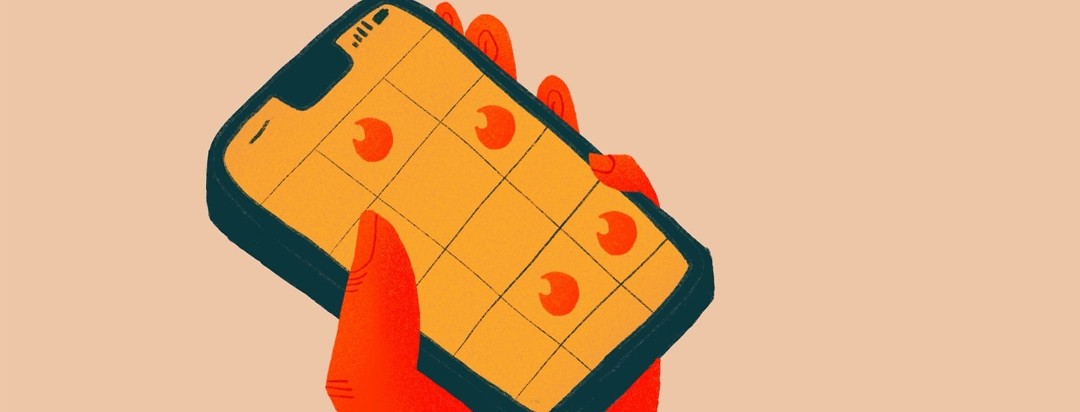How I Track My HS Flares
My journey to healing in chronic illness is greatly supported by staying organized and tracking my experiences as they happen. The variable nature of my HS means that my flares can be all over the place and hard to recall in the present moment. This has prompted me to keep a record of my flares for personal and medical observation.
Starting to track my hidradenitis suppurativa flares
When I first began tracking my flares, I spent too much time focusing on which method I wanted to use to track. While I prefer to write important information by hand, I also had to understand that keeping a digital record is more convenient and is faster in most situations for me. My main goal was to ensure that I was efficiently tracking my flares and to not focus on what was the most presentable.
I like to use tracking tools that are visually pleasing as I feel they make me want to keep coming back to document my flares each day. A few options I considered were a journal that has an inspiring quote or color palette, making a spreadsheet, simply designing a list in notes, and a few apps that were created to help you track flares. So far, I’ve found the most success with simply tracking my flares in a notes app because it’s easy to do even when it’s bedtime and I remember that I still need to document my flares.
What I track
As HS can be affected by a variety of things in everyday life, I make sure to track basic daily activities. In the beginning, I spent some time deciding what factors I feel are most related to my HS flares and how I could best track them. I decided to make several categories that include documentation of daily routines.
My complete list of categories track my overall mood, level of pain, sleep times, location of flares, and any events that were unique to that day. It is important that I track these categories because of the distinct relationship these factors have with each other. For example, having a poor quality of sleep may lead to increased flares which might affect my overall mood. You can also document diet as many warriors choose to eliminate certain foods. Other factors that can be tracked are levels of support received and your general feelings about your disease on a specific day.
Actively paying attention to my body
Tracking is not something that I have always done and it is absolutely easy to fall off the wagon, but it provides a way for me to actively pay attention to my body. If I notice that I have missed a few days, instead of trying to think back and track flares, I just start fresh when I do remember.
I do this so that I do not unknowingly alter my data in an effort to keep my records as true as possible. Dealing with a chronic illness is never easy, but having a clear record of my experiences certainly helps me to examine the small details of my life and make a connection to how they affect my illness.
Community Poll
Have you taken our In America survey yet?

Join the conversation